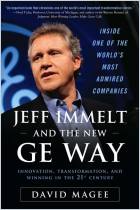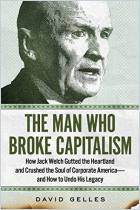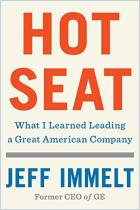
The Secret to GE's Success
A Former Insider Reveals the Management Strategies of the World's Most Competitive Company
Recommendation
Most consumers know the ad slogan, “GE brings good things to life,” but few know this complex company’s fascinating 126-year history. GE is one of America’s greatest business stories, spanning technological innovation, World War II, the politics of the New Deal, antitrust battles and the modern technological revolution. William Rothschild, a 30-year GE veteran, reflects on what makes GE great, including its distinctive leaders and the strategic management decisions that shaped the company. This well-researched book is also unusual because it is part memoir and part management study. It’s not a polished work; Rothschild strays as he tells his personal story. The book also needs a company timeline to put events into perspective. Still, getAbstract considers this unusual corporate profile useful reading for developing managers.
Summary
About the Author
Consultant William E. Rothschild was senior corporate strategist at GE, responsible for business development and competitive strategies.


















Comment on this summary or 开始讨论